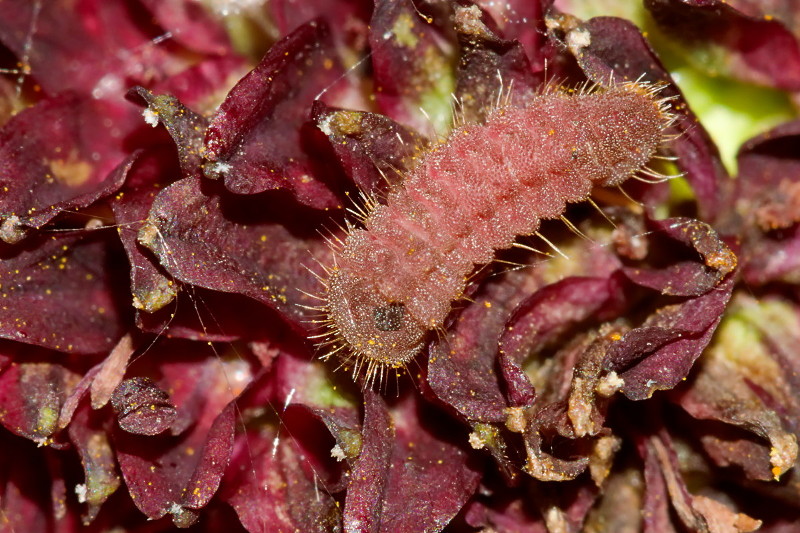Nature’s most sinister con artists don’t need disguises or elaborate schemes. They simply steal the voices of others to survive. Deep in the tropical forests, underground tunnels, and even in your backyard, microscopic masters of deception are orchestrating one of the most chilling survival strategies on Earth. These parasites have evolved to perfectly mimic the sounds of insects, turning the very communication systems that keep insect colonies thriving into deadly traps.
The Dark Art of Acoustic Mimicry
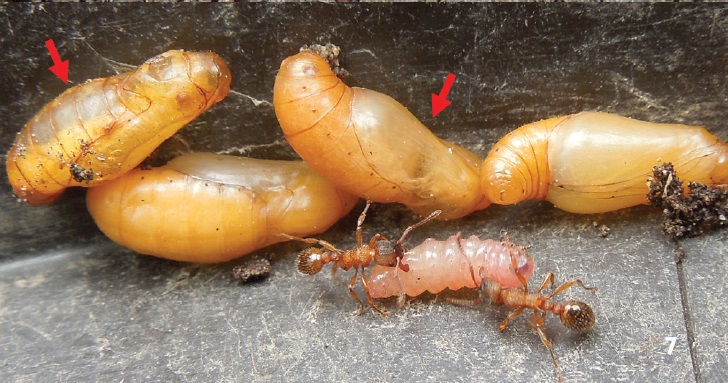
When we think of mimicry in nature, colorful butterflies copying poisonous species or harmless snakes resembling venomous ones come to mind. But acoustic mimicry represents something far more sinister and sophisticated. These parasites don’t just copy sounds randomly—they’ve evolved to decode the complex acoustic languages of their hosts with frightening precision.
The process begins when parasites intercept the vibrational patterns, chemical signals, and sound frequencies that insects use to communicate. Over millions of years, natural selection has favored parasites that could perfectly replicate these signals. It’s like a master forger who spends decades perfecting someone else’s signature, except the stakes are life and death.
Zombie Ant Fungi: The Ultimate Puppeteers
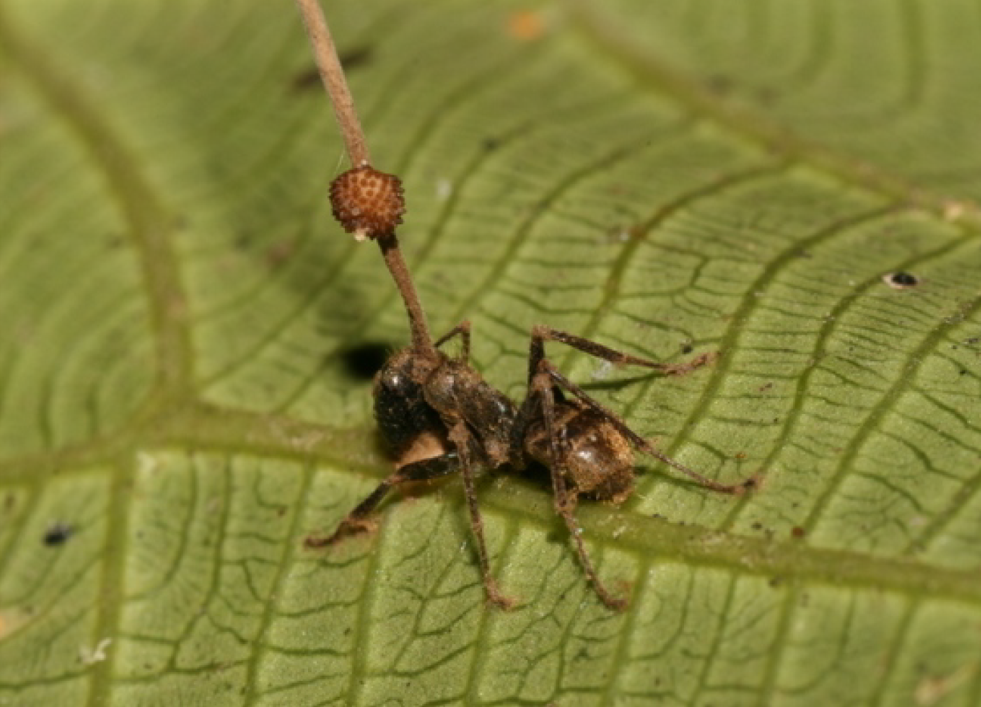
Among the most terrifying acoustic mimics are the Ophiocordyceps fungi, commonly known as zombie ant fungi. These parasites don’t just kill their hosts—they transform them into living marionettes. Once inside an ant’s body, the fungus begins producing chemical compounds that alter the ant’s behavior and even its ability to produce sounds.
The infected ant starts making distress calls that sound identical to genuine alarm signals. Other ants, believing their colony mate is in danger, rush to help. This creates a cascade effect where more ants become exposed to the fungal spores. The fungus essentially turns its first victim into a biological loudspeaker, broadcasting fake emergency signals to lure in more prey.
What makes this even more chilling is that the fungus can maintain this acoustic deception for days or even weeks. The ant continues its normal routines while unknowingly serving as a Trojan horse, spreading the infection through sound mimicry.
Cricket Killers: Masters of Courtship Deception
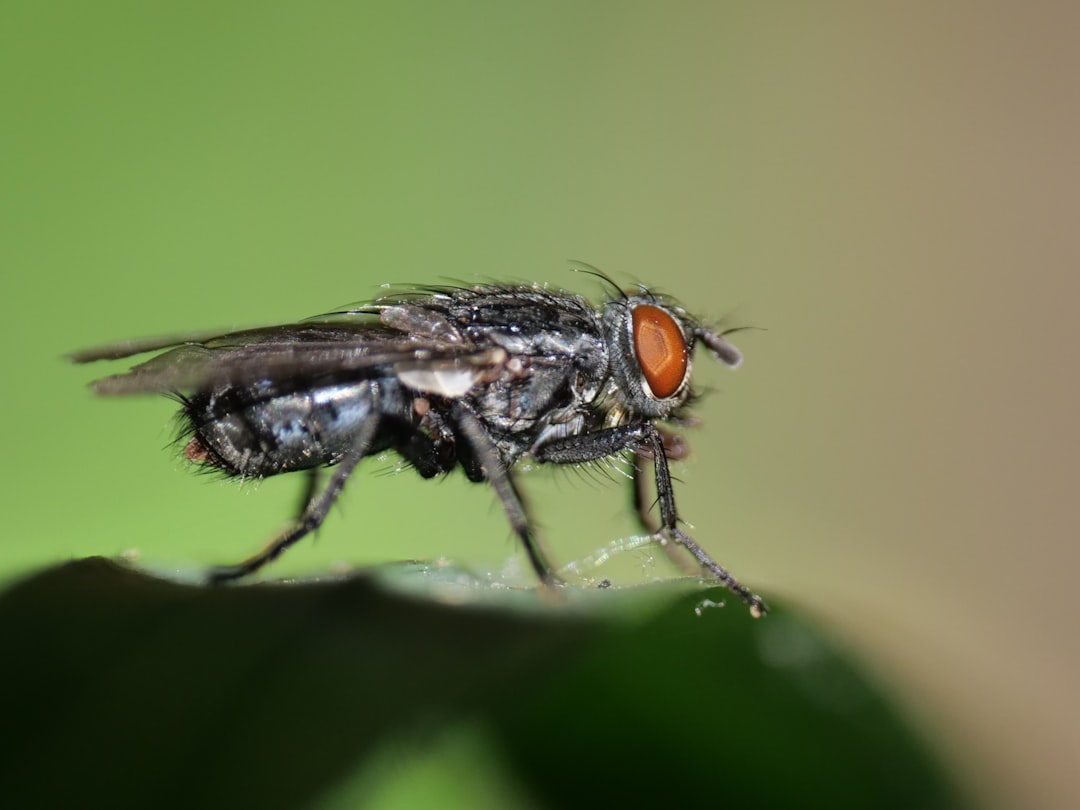
The tachinid flies that target crickets have perfected perhaps the most romantic form of betrayal in the natural world. These parasites have evolved to perfectly mimic the mating calls of male crickets, creating what scientists call “false advertising” in the insect world. The female flies position themselves near cricket territories and begin producing acoustic signals that are virtually indistinguishable from genuine male courtship songs.
Female crickets, drawn by what they believe are potential mates, approach the source of the sound. Instead of finding a romantic partner, they encounter a parasitic fly that quickly deposits eggs inside their bodies. The developing larvae then consume the cricket from the inside out, using the host’s own body as both food and shelter.
The precision of this mimicry is staggering. Researchers have found that these flies can adjust their acoustic output to match not just the species of cricket, but even the specific regional “dialects” that different cricket populations use. It’s like having a universal translator for seduction, but with deadly intentions.
The Wasp Whisperers: Hijacking Colony Communication

Social wasps rely on complex acoustic communication to coordinate their activities, from foraging to defense. Several species of parasitic wasps have evolved to exploit these communication networks by producing sounds that trigger specific behavioral responses in their hosts. These acoustic hijackers can make sounds that mimic everything from food discovery signals to alarm calls.
One particularly cunning strategy involves mimicking the sounds that worker wasps make when they’ve found a rich food source. The parasitic wasp produces these “food calls” near the entrance of a wasp colony, causing workers to abandon their posts and investigate. During this distraction, the parasite can infiltrate the nest and lay eggs in the unguarded larvae.
The most sophisticated wasp mimics can even produce sounds that cause their hosts to become more aggressive toward other members of their own colony. This acoustic manipulation creates chaos and confusion, making it easier for the parasite to complete its deadly mission without being detected.
Beetle Broadcasters: The Art of Frequency Manipulation
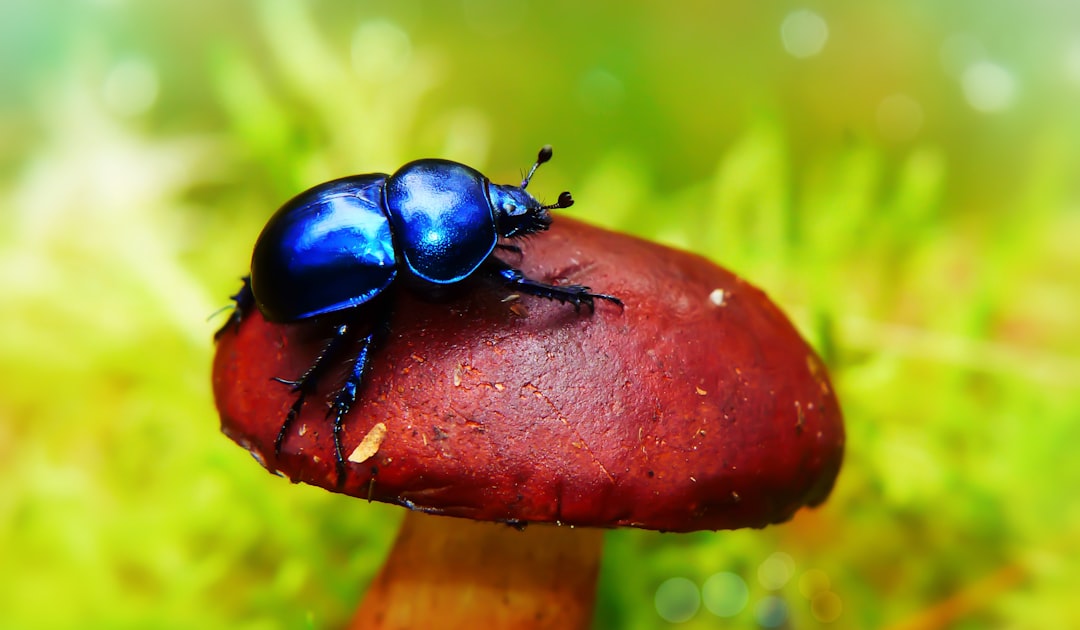
Certain parasitic fungi that target beetles have developed an almost supernatural ability to manipulate their hosts’ acoustic signatures. These fungi can alter the resonant frequency of a beetle’s body cavity, essentially turning the insect into a biological radio transmitter. The infected beetle begins producing sounds at frequencies that are particularly attractive to other beetles of the same species.
The manipulation is so precise that the fungus can make the beetle’s calls more appealing than those of healthy individuals. It’s like having a parasite that makes its host a better singer, but only to attract more victims. Other beetles, drawn by these enhanced acoustic signals, gather around the infected individual and become exposed to fungal spores.
What’s particularly fascinating is that these fungi can adjust their acoustic manipulation based on environmental conditions. During mating season, they make their hosts produce exaggerated courtship calls. During feeding times, they generate sounds that mimic food discovery signals.
The Fly Mimics: Stealing Identity Through Sound
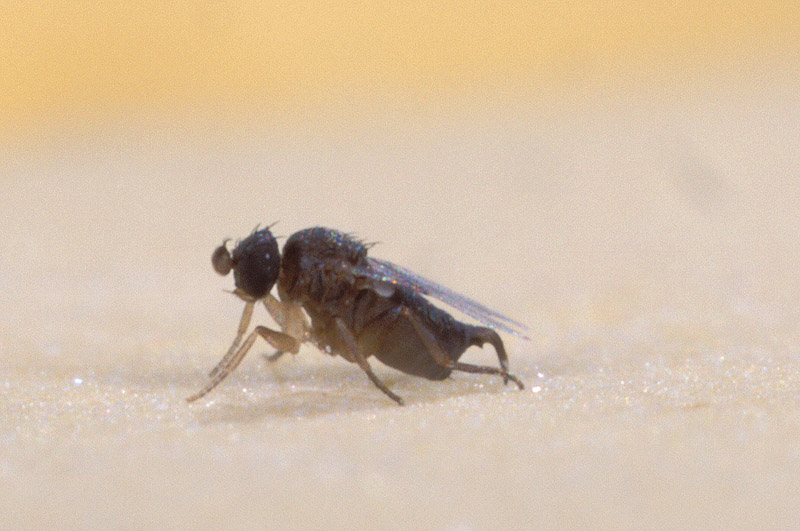
Phorid flies represent some of the most sophisticated acoustic mimics in the insect world. These tiny parasites have evolved to perfectly replicate the wing-beating patterns and flight sounds of their hosts. When a phorid fly approaches a potential host, it adjusts its wing-beat frequency to match that of the target species, making it acoustically invisible to the host’s detection systems.
The deception doesn’t stop there. Once the fly has successfully approached its target, it can produce sounds that mimic the host’s own vocalizations. For instance, when targeting ants, phorid flies can produce sounds that resemble the chemical alarm signals that ants use to communicate danger. This creates confusion and panic, making it easier for the fly to complete its parasitic mission.
Some phorid flies have even evolved to produce sounds that mimic the acoustic signatures of beneficial insects. They can make themselves sound like pollinators or other helpful species, causing their hosts to lower their defenses and even welcome them into their colonies.
Molecular Sound Factories: How Parasites Produce Perfect Mimics

The biological machinery behind acoustic mimicry is nothing short of extraordinary. Parasites have evolved specialized organs and molecular systems that allow them to produce sounds with incredible precision. Some species have developed modified respiratory systems that can generate specific frequencies, while others have evolved specialized muscles that can vibrate at exact intervals.
At the molecular level, these parasites produce proteins that can alter the acoustic properties of their hosts’ bodies. These proteins can change the density of tissues, modify the resonant frequencies of body cavities, and even alter the way sound waves travel through the host’s body. It’s like having a molecular sound engineer working inside the host’s body.
The most advanced acoustic mimics can even produce sounds that are outside the normal range of their host species. They accomplish this by creating complex harmonic patterns that, when combined, produce the desired acoustic signature. This level of sophistication suggests that acoustic mimicry has been under intense evolutionary pressure for millions of years.
The Evolutionary Arms Race: Hosts Fight Back

The relationship between acoustic mimics and their hosts represents one of nature’s most intense evolutionary arms races. As parasites become better at mimicking sounds, their hosts evolve more sophisticated detection systems. Some insect species have developed the ability to distinguish between genuine calls and parasitic mimicry through subtle differences in acoustic patterns.
Certain ant species have evolved “acoustic passwords” – specific sound patterns that change regularly within the colony. These passwords help colony members distinguish between genuine community members and potential mimics. It’s like having a constantly changing security code that only authentic colony members know.
Other insects have developed the ability to detect the micro-variations in sound that even the best mimics can’t perfectly replicate. These detection systems are so sensitive that they can identify parasitic mimicry based on differences that are barely measurable by human instruments. The evolutionary pressure has created acoustic detection systems that rival the most sophisticated human technology.
Termite Terrorizers: Infiltrating the Wooden Fortress

Termite colonies represent some of the most acoustically active environments in the insect world, with constant communication through vibrations, tapping, and chemical signals. Several species of parasitic fungi and insects have evolved to exploit these rich acoustic environments by producing sounds that perfectly mimic termite communication patterns.
These parasites can produce the rhythmic tapping sounds that termites use to coordinate construction activities, causing workers to abandon their posts and investigate non-existent building projects. While the termites are distracted, the parasites can infiltrate the colony and begin their deadly work. The acoustic deception is so convincing that termites will often work alongside the parasites, unknowingly helping them spread throughout the colony.
Some termite mimics have evolved to produce sounds that trigger specific behavioral responses, such as grooming behaviors that help spread parasitic spores or feeding behaviors that concentrate termites in specific areas where they can be more easily infected. The level of behavioral control achieved through acoustic manipulation is almost supernatural in its precision.
Butterfly Bandits: The Silent Assassins

While many people think of butterflies as purely visual creatures, they actually rely heavily on acoustic communication, particularly during mating and territorial disputes. Several species of parasitic wasps have evolved to exploit these acoustic signals by producing sounds that mimic butterfly communication patterns.
These parasitic wasps can produce the subtle wing-vibration patterns that butterflies use during courtship, causing potential mates to approach what they believe is a compatible partner. The acoustic mimicry is so precise that butterflies will often engage in elaborate courtship rituals with the parasitic wasps, unknowingly exposing themselves to parasitic infection.
The most sophisticated butterfly mimics can even produce sounds that cause their hosts to enter a state of acoustic hypnosis, where they become less responsive to genuine threats and more susceptible to parasitic manipulation. This represents one of the most subtle forms of acoustic mind control in the natural world.
Molecular Eavesdropping: How Parasites Learn to Mimic
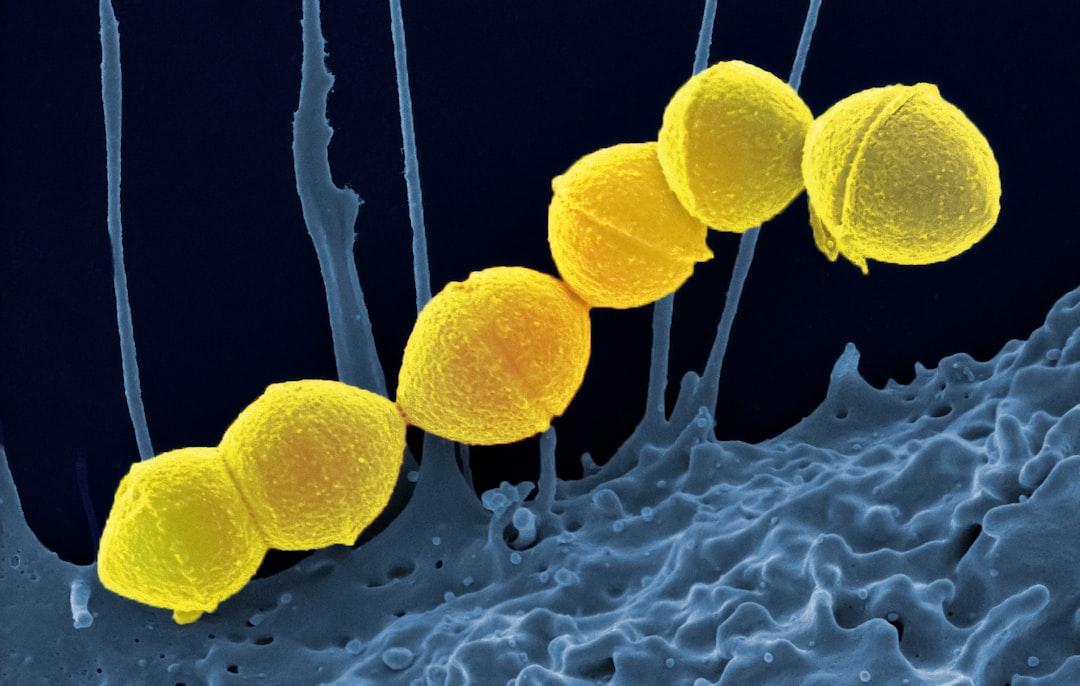
The process by which parasites learn to mimic their hosts’ sounds is a marvel of evolutionary biology. Many parasites begin their acoustic education by literally eavesdropping on their hosts’ communications. They have evolved specialized sensory organs that can detect and analyze the acoustic patterns of potential hosts, essentially creating a library of sounds that they can later reproduce.
Some parasites can even adjust their mimicry in real-time, analyzing the acoustic environment and modifying their sounds to match local conditions. This adaptive mimicry allows them to be effective across different host populations and environmental conditions. It’s like having a parasite that can speak multiple acoustic languages fluently.
The molecular mechanisms behind this learning process involve complex genetic systems that can be activated by specific acoustic triggers. When a parasite encounters a new host sound, it can literally reprogram its acoustic production systems to match the new pattern. This genetic flexibility is what allows parasites to be such effective mimics across diverse host populations.
The Future of Acoustic Warfare
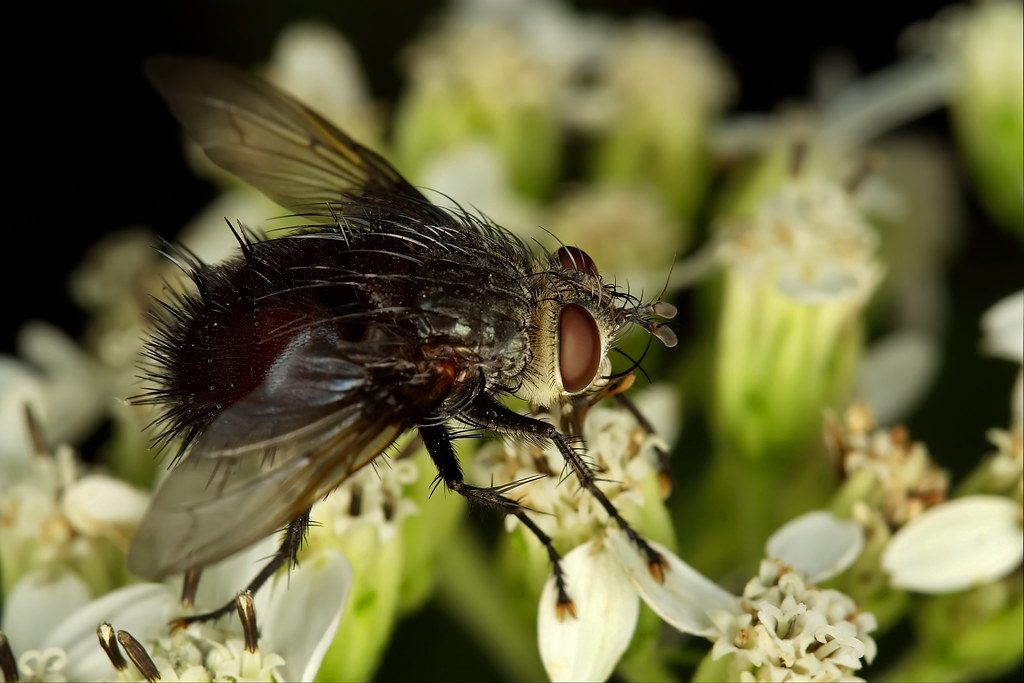
As climate change and human activity continue to alter ecosystems worldwide, the relationships between acoustic mimics and their hosts are evolving rapidly. Some parasites are expanding their host ranges by developing new acoustic mimicry capabilities, while others are becoming more specialized in their acoustic deception strategies.
Scientists are increasingly concerned about the potential for acoustic mimics to disrupt beneficial insect populations, particularly pollinators and pest control species. The precision of modern acoustic mimicry means that even slight changes in environmental conditions can tip the balance in favor of parasites, potentially leading to cascade effects throughout entire ecosystems.
Research into acoustic mimicry is also revealing new insights into the evolution of communication systems and the fundamental principles of biological deception. Understanding how parasites achieve such perfect acoustic mimicry could lead to breakthroughs in biomimetic technology and artificial intelligence systems.
Technology Inspired by Nature’s Deceivers

The sophisticated acoustic mimicry strategies employed by parasites are inspiring new developments in human technology. Researchers are studying how parasites produce perfect acoustic copies to develop better sound reproduction systems, noise cancellation technology, and even acoustic camouflage for military applications.
The molecular mechanisms that allow parasites to modify their hosts’ acoustic properties are being investigated for potential medical applications. Understanding how parasites can alter tissue density and resonant frequencies could lead to new treatments for hearing disorders and other conditions affecting human acoustic perception.
Perhaps most intriguingly, the real-time adaptive capabilities of acoustic mimics are inspiring new approaches to artificial intelligence and machine learning. The ability of parasites to analyze, learn, and reproduce complex acoustic patterns in real-time represents a level of biological computing that rivals the most advanced human technologies.
Conclusion
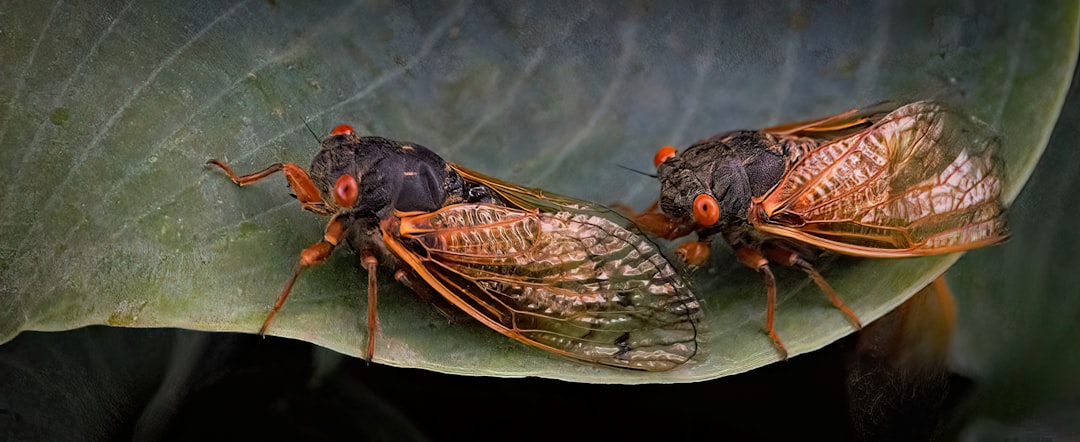
The world of acoustic mimicry reveals nature’s capacity for both breathtaking beauty and terrifying deception. These parasites have evolved strategies that are simultaneously elegant and horrifying, demonstrating the incredible power of evolutionary pressure to shape life in unexpected ways. From fungi that turn ants into zombie broadcasters to flies that steal the voices of crickets, acoustic mimics represent some of the most sophisticated biological technologies on Earth.
As we continue to study these remarkable organisms, we gain deeper insights into the fundamental principles of communication, deception, and survival. The ongoing evolutionary arms race between acoustic mimics and their hosts reminds us that nature is never static, always changing, and full of surprises that challenge our understanding of what’s possible in the biological world.
The next time you hear insects communicating in your garden, remember that some of those voices might not be what they seem. In the hidden world of acoustic mimicry, nothing is quite as it appears, and the most beautiful sounds might be the most dangerous of all.

